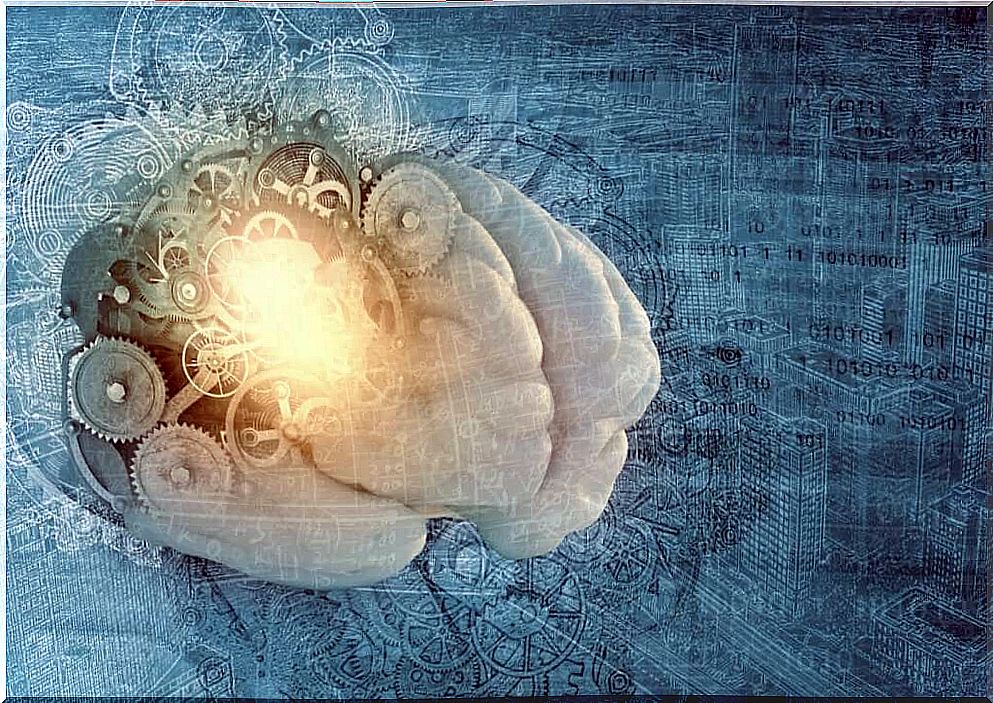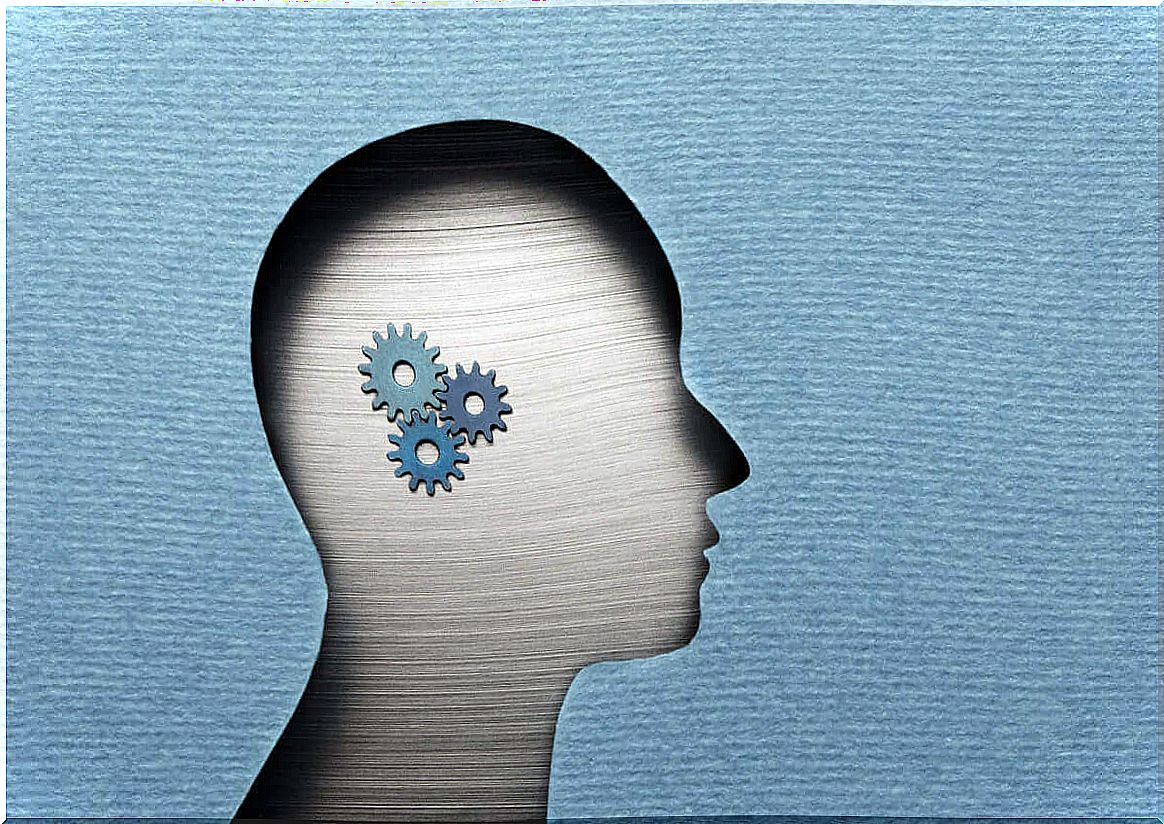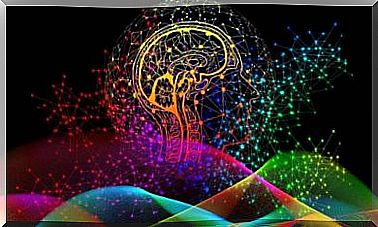What Is Metamemory?

What is metamemory? Does this concept sound familiar to you? Memory is a cognitive skill that allows us to have an identity, learn, store memories and consolidate or strengthen what we have already learned.
Knowing in detail how memory works can help us retain information better, as well as optimizing this ability. This is precisely what metamemory is all about: the knowledge of memory itself.
But what else does metamemory cover? What is your relationship to mnemonic rules? How is this phenomenon studied? How can we improve it? Let’s answer all this in a brief explanation of this interesting ability that allows us to be who we are.

What is metamemory?
Metamemory is the knowledge we have of our own memory. More specifically, according to a study by González (1997) entitled Metamemory and learning of texts , published in the journal Psychology Studies, metamemory is defined as “ The knowledge and control that a person has over the functioning of their memory” . This also includes knowledge of the different phases of memory, which are:
- Codification.
- Storage.
- Recovery.
The more metamemory we have, the more we will understand about memory. As a result, we will learn more about how to improve it and its limitations. Thus, metamemory includes not only knowledge of memory, but also its control and mastery.
relationship with memory
Metamemory designates knowledge of one’s memory in the same way that metalanguage constitutes knowledge of language itself, for example. To improve memory (or to make the most of it), we often resort to so-called mnemonic rules or strategies.
According to a study of fields and Ameijide (2014), the mnemonic strategies do not influence and benefit only the memory but also the metamemory. However, it all depends on the type of strategy we use.
How to improve metamemory?
Metamemory, like memory, can be improved. In what way? First, by learning everything we need to know about how memory works. This includes knowing how the brain operates at each stage of the memory process.
We need to understand what happens when we encode a memory, when we store and retrieve it, the changes that occur in the brain, and how our emotions influence them. The relationship between emotions and memory has been amply demonstrated.
All this can be learned simply by reading and studying. For this, we can find many interesting books on memory. On the other hand, the mnemonic rules, which we’ve already mentioned, can help us improve this cognitive process. In this sense, the more we work, the more we will know. So, this kind of strategy can also improve metamemory.

The study of metamemory
In their book Metamemory: A Theoretical Framework and New Findings , Nelson and Narens (1990) propose that the study of metamemory should be conducted in three main steps. Are they:
- Acquisition (before learning itself).
- Retention (maintenance of previously acquired knowledge).
- Conscious and self-directed information retrieval.
On the other hand, in relation to the study of metamemory, the people can make judgments about their own memory, that is, the process that involves memorization.
These metamnemonic judgments, according to the authors, can be performed in four different stages of the learning process.
Let’s imagine that we are dealing with a memorization task to understand these stages:
- Before the acquisition process. At this point, the items have not yet been learned. Here, one has to predict how easy or difficult it will be to learn the task at hand (learning ease judgment).
- During or immediately after purchase. In other words, right after memory acquisition, but before recall testing. Here, the person estimates the level of knowledge he has (learning judgement).
- During the test. During the test, the person assesses the memory he hopes to obtain in a subsequent test of the same or different format. This test can have the same format or be of a different nature. This is what we call the “feeling” or “impression” of knowing.
- After memory. Finally, we reach the stage that comes after employing memory. Here, the person must express the degree of trust or confidence that he or she has with each of the answers given (trust judgment).
Conclusions
Metamemory goes a little beyond mere knowledge of memory. If we dig a little deeper, we’ll find that it also includes knowledge of all of its functions and steps, as well as mnemonic strategies that might be helpful to us.
Thus, we realize that knowing and understanding memory (metamemory) also implies knowing its potentials (how to take advantage of it) and its limitations.









